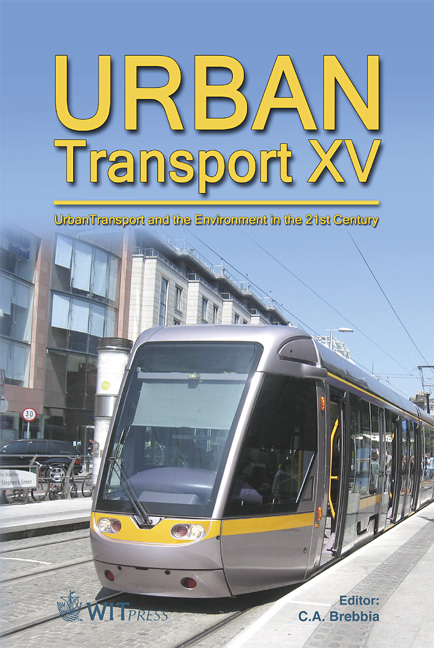A Study On Connectivity And Accessibility Between Tram Stops And Public Facilities
Price
Free (open access)
Transaction
Volume
107
Pages
18
Page Range
247 - 264
Published
2009
Size
2,125 kb
Paper DOI
10.2495/UT090231
Copyright
WIT Press
Author(s)
K. Hirano & Y. Kitao
Abstract
The purpose of this paper is to understand urban structures in terms of the tram network. We then decided to incorporate the idea of connectivity and accessibility between public facilities and tram stops. We will also consider how European cities, which are building world class public transportation systems, use the tram network in relation to the public facilities. We chose tram-type cities which have no subway system, but have a bus system in the west European countries. We focused on twenty-four cities, because of the population of the target cities are from one hundred thousand to two hundred thousand, which is an adequate size for one large-scale community. In order to analyze the relationship, we made the ‘pedestrian accessible area’ from a tram station in the city, and we then analyzed how many public facilities and pedestrian streets are in this area. As the result, we were able to compare the urban space structure in terms of accessibility and connectivity between tram stops and public facilities among these cities. We can understand features of the inter-relation between urban space and urban facilities. We were able to evaluate which city is the most pedestrian orientated city. Finally, we were able to make five categories of tramtype cities. These findings help us to recognize the urban space structure of the cities, to improve city planning in Japan. Keywords: tram network, community, urban facilities, European city.
Keywords
tram network, community, urban facilities, European city





